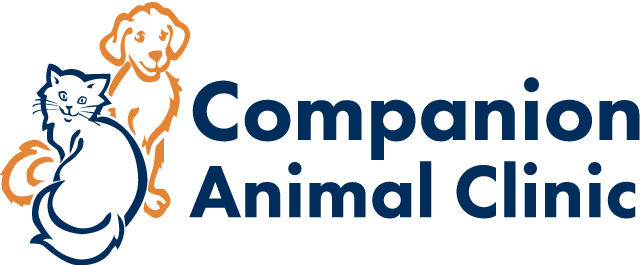In veterinary clinics, it is common that the number of cases of dogs with eye issues is high. Most veterinarians in Fairfax Station, VA will point out that the diversity of concerns expressed by pet owners with regard to eye issues run through quite a wide spectrum.
To many dog owners, it is hard to tell whether the dog has an eye issue unless they consult a vet.
Veterinarians usually observe the behavior of dogs and can spot eye issues easily. The most important question to ask is how dogs can get eye diseases. The reasons vary depending on the particular case. Some dogs can simply get things into their eyes that have bacteria leading to infection while others can get the infection from other infected dogs.
More often than not, when the dog has eye problems, you will see signs such as light sensitivity, excessive crying or whining, redness and discharge that crust a dog’s eyes. The following are common eye problems that your dog may have whenever you notice suspicious behavior.
Cataracts
In many cases, your dog’s eyes will appear more whitey or cloudy when it has this genetic condition. The genetic condition brings about a progressive deterioration in your dog’s vision and eventually causes blindness. Essentially, many dog breeds can develop this genetic condition. In some cases, it is quite possible to get cataracts from other diseases, injury or immune problems. Some breeds are more vulnerable to cataract as compared to others.
Third eyelid prolapse
As strange as it may sound, every dog actually has a third eyelid. The eyelid has a gland that protects cornea through secretion of tears. When your dog gets third eyelid prolapse, the gland fails to secrete tears effectively. This causes the surface of the eye to become dry. In some instances, the gland may swell and be exposed. Exposure of the third eyelid triggers production of mucus in the eyelid, which indicates irritation. The most recommendable treatment for this condition is surgery that aims at replacing the gland to its normal position so it can function optimally again.
In-growing eyelids
Commonly referred to as entropion, this condition causes your dog’s eyelids to grow or roll inwards. As they grow and roll inwards, they cause great discomfort to the eye and damage the cornea. The condition may be present soon after birth or later in the life of a dog. Entropion often results from a number of elements like infection or injury and backward movement of the eye into the orbit.
In some cases, the condition may develop from a loss of optimal neurological function of the eyes. The most reliable medical therapy for this condition is surgery. It aims at fixing the eyelids to ensure there is no cornea irritation. The surgical procedures need to be carried out by a vet with a good level of experience in this case.
Although all these eye problems have remedies, they affect dogs depending on their age, breed and even gender. To some extent, they cut across all dog breeds. Taking a dog to a vet at the earliest time possible after experiencing an eye issue is one of the surest ways of handling the problem. When you wait for the disease to grow and spread, it may get to a point where treatment is no longer an option!


